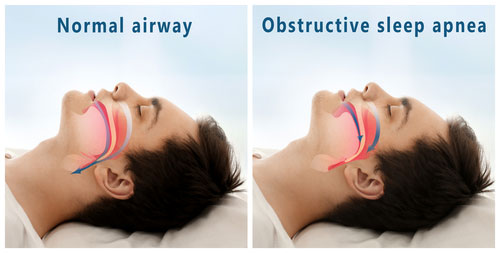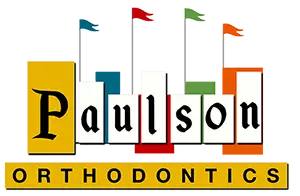Sleep Treatment
We Love Redlands
We love supporting local businesses! We have selected some of our favorites here, If we missed you, call us to be listed on our locals page!
Sleep Apnea and Orthodontics
Sleep apnea is characterized when the air is prevented from flowing into or out while sleeping. This has shown to cause High blood pressure, Stroke, Heart failure, heart attacks, Diabetes, Depression, Worsening of ADHD, and Headaches.
While medicine tries to help Sleep Apnea with CPAP machines, there are other things you can do to greatly reduce the impact on your daily life. Orthodontic surgery, oral appliances, and dental expansion can greatly help and are viable options in addition to losing weight.
There are several options for treating snoring and sleep apnea. Treatment is usually aimed at eliminating the cause of the blockage of breathing. Treatment choices range from simple to complex.
However, Dr. Paulson believes in Prevention and that is why it so important for early diagnosis and treatment to determine if your snoring child or teen can benefit from dental expansion.
Oral Appliance Therapy
(OAT) is a comfortable treatment choice for many sleep disorders. It is recommended for simple snoring, mild to severe sleep apnea, and for CPAP intolerant patients. These appliances typically work by advancing the jaw and keeping the tongue from blocking the airway and by tightening the throat muscles causing the throat to be more open so you can breathe better. These devices may appear similar to athletic mouthpieces and orthodontic retainers. Oral appliances are generally quite effective and are well tolerated by most patients. Each FDA approved appliance is custom manufactured and fit comfortably to effectively treat snoring and sleep apnea.
CPAP...Most common
In many cases, a CPAP (continuous positive air pressure) machine is used to treat sleep apnea. CPAP is a shoe-box-size compressor that pumps air through the nose and down the throat splinting the tongue forward to open the airway. It is considered the “gold standard” for the treatment of sleep apnea. However, many patients find the apparatus uncomfortable and difficult to wear while sleeping. Nonetheless, CPAP can be the treatment of choice, especially for those diagnosed with severe sleep apnea.
Positional Therapy
Many people only experience snoring and sleep apnea when they sleep on their backs. While sleeping on your back may be more comfortable than sleeping on your side, sleeping on the back is more likely to lead to the collapse of the airway. When sleeping on your side the airway is less apt to collapse. Using positional therapy means that you use an aid to keep you from sleeping on your back.
Surgery
Surgery to correct snoring and sleep apnea by widening the airway through removing tissue from the back of the throat. Removal of the tonsils and adenoids is often the easiest and most effective treatment for children with sleep apnea. Another surgical option is to advance the upper and lower jaws to open the airway. This is among the best options for treating sleep apnea, but it is also a very invasive procedure. By surgically moving the upper and lower jaw forward the entire airway can be enlarged, hence treating sleep apnea. This procedure is usually performed on patients with moderate to severe sleep apnea. Sometimes this surgery can provide cosmetic benefits as well as solving sleep issues.
Orthodontics
Orthodontics can be another treatment option but not usually in the case of an adult. It has successfully been used in treating some children with sleep apnea. In addition to straightening teeth, orthodontics can be used to “widen” the jaws opening the airway.
Sleep Apnea
Sleep Apnea is not always associated with a person’s weight, however many patients suffering from sleep apnea are overweight. Losing extra pounds can help with snoring and sleep apnea, but not always. Besides helping eliminate some sleep issues, weight loss has many other beneficial health effects. Weight loss is always encouraged!
Co-Therapy-Treatment
Co-Therapy-Treatment for Sleep Apnea is the unique combination of several concurrent treatments. For example, it could be a custom oral appliance with a strapless CPAP mask connected to a CPAP machine. This would likely be beneficial if you are unable to tolerate a regular CPAP mask, the higher pressure of a CPAP machine, or maybe just didn’t like the current delivery of air from the CPAP. There are many other options in combining co-therapy treatments to remove the obstacles to successfully treating your sleep-related breathing disorder and getting you the rest you need to lead a happy healthy life. If you fall in the moderate to the severe side of the spectrum of sleep apnea, have failed other therapies, and are frustrated with the results of your treatment so far, then combined therapy is a great option.


REQUEST YOUR FREE CONSULT
